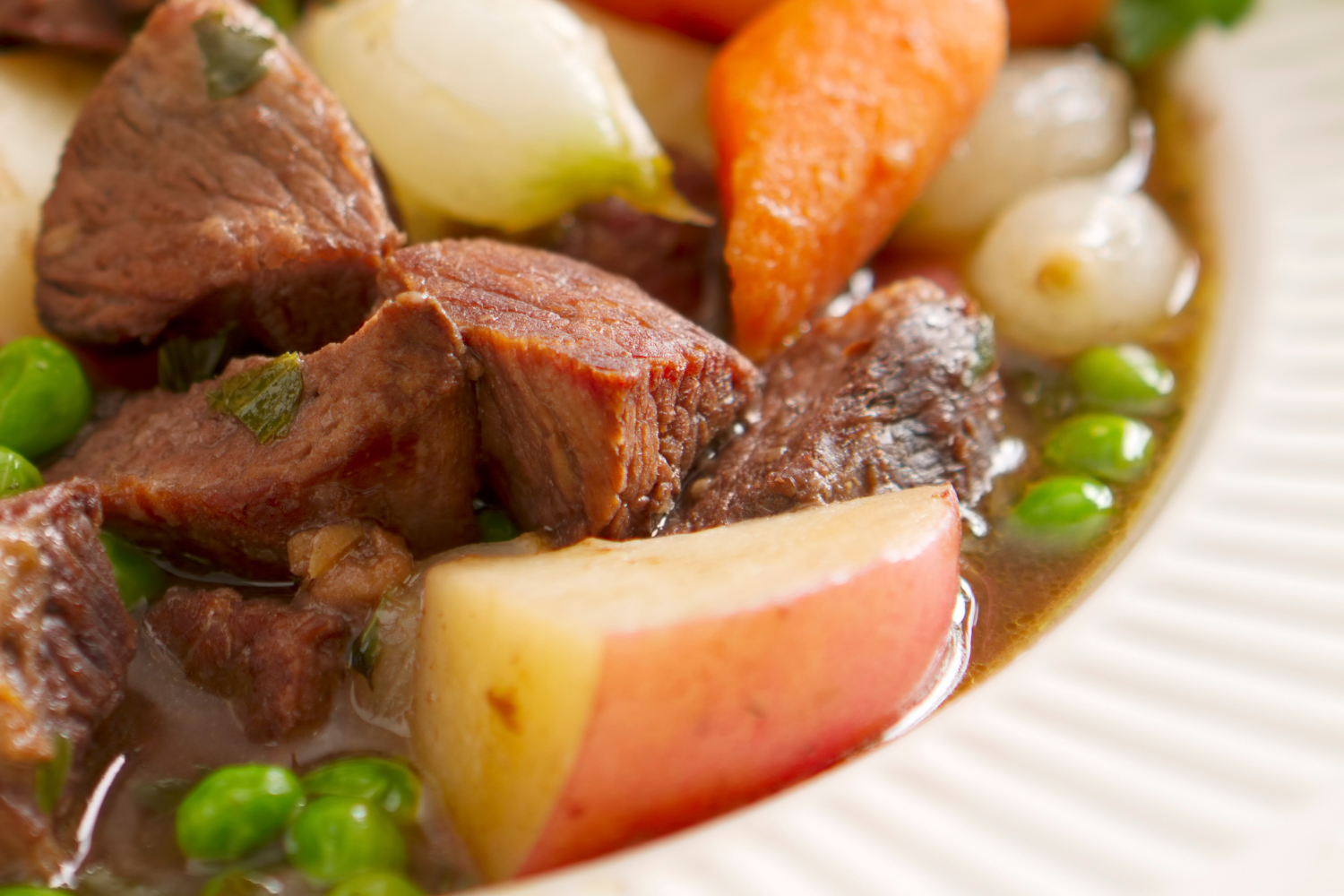Tired of watching your grocery bills climb higher and higher? Limit your waist to make cooking on a budget easier!

Feeding a family can be a constant drain on your bank account. But I’ve learned a few kitchen secrets to help you save money and avoid overspending. With a few clever tweaks and some simple strategies, you can transform your kitchen into a money-saving machine. This post is packed with practical tips and tricks to help you slash your grocery budget, reduce food waste, and still enjoy delicious meals. Save serious cash, all while whipping up delicious meals… Let’s get cooking (and saving)!
Spice Mixes
Make your own spice mixes and blends! It’s easier than you may think to whip up a few of your most used spice mixes and save money! Those spice mix packets cost over a dollar each and you only use them once! But you can make your own mixes, like taco seasoning, and the best steak seasoning that taste delicious, last for months, and save you cash.
Speaking of spices… You can revive outdated dry spices by toasting them on a sheet pan for a couple minutes at 350 degrees F, stirring occasionally to bring back their flavors!
Keep Tomatoes Fresh Longer
Don’t let your tomatoes spoil! That spot where the stem was attached is a prime entry point for moisture, which can lead to rot. To keep your tomatoes fresher longer, simply remove the stem and cover the area with tape. This blocks moisture and helps your tomatoes stay firm and flavorful.

Potatoes
Store apple and potatoes together! Apple give off a gas called Ethylene. Ethylene is a plant hormone that affects growth and development. In potatoes, ethylene can suppress sprouting! Potatoes tend to sprout when you’re storing them, which makes them lose quality and get soft. Storing apples with potatoes prevents them from sprouting, keeps your potatoes firm and perfect for creamy mashed potatoes, cheesy scalloped potatoes, or creamy crockpot potato soup.
Cheese
Wrap Cheese Right! Wrap your cheese loosely in parchment paper or wax paper…. When you wrap cheese tightly with plastic wrap, it traps moisture on the cheese and causes it to go moldy faster;) It lasts longer in the fridge if you wrap it loose and use a more breathable material like parchment or wax paper.
Honey
Don’t throw away that crystallized honey! It’s still perfectly good. The crystals are simply glucose separating from the fructose. To get it back to liquid gold, fill a saucepan halfway with water, simmer over low heat, and place your jar of honey in the warm water. In just 5-10 minutes, the gentle heat will dissolve the crystals and restore your honey’s smooth consistency.

Stale Bread
Transform it into crispy, flavorful breadcrumbs! They’re so much better (and cheaper!) than store-bought, and unlock a world of culinary possibilities. Imagine parmesan-crusted asparagus, spicy stuffed jalapeños, perfectly golden fried chicken, or the most delicious meatloaf you’ve ever tasted.
Simply chop your stale bread, whiz it in a food processor, add your favorite seasonings, and bake until fragrant and golden. Store your homemade breadcrumbs in the freezer and you’ll always be ready to add a touch of magic to your meals. Instant flavor boost at your fingertips!
You can also use that stale bread to make delicious croutons, in delicious bread pudding, or for French toast!
Homemade Broth
Save your veggie scraps! They’re loaded with flavor and a fantastic way to save money. Instead of throwing away onion peels, carrot tops, celery ends, or even mushroom stems, stash them in a freezer bag. Once you’ve accumulated a quart or two of them, you can make them into a rich and flavorful vegetable broth. Simply simmer the scraps with water, herbs (like bay leaf and thyme), and maybe a few peppercorns for about an hour or two. Strain out the solids, and you’ll have a delicious, homemade broth that’s better than anything you can buy at the store.
Making your own broth saves you money at the grocery store, reduces food waste, and makes your food more flavorful. Homemade broth has an excellent flavor that’s deeper, richer, and more complex than store-bought broth… Adding more flavor to soups, beef stews, risottos, and a million other dishes. It’s a simple way to level up your cooking and stretch your food budget!

Dry Your Herbs
Weather you grow your own sage, fresh thyme or garlic, or buy herbs form the store… Don’t throw out extras, dry them!
It’s easier than you think, and this simple step can save you money while ensuring you always have flavorful herbs on hand. Fresh herbs can go bad quickly, but drying them concentrates their flavor and extends their shelf life… Making them a pantry staple ready to add a flavor and freshness to your favorite dishes. Simply bundle them together and hang them upside down in a cool, dark place, or use your oven or microwave for a quick drying method. From Italian seasoning blends to fragrant rubs, dried herbs open up a world of possibilities.
Oven Drying:
- Prepare the herbs: Wash and thoroughly dry your herbs. Remove any damaged or wilted leaves. You can leave small leaves on the stem, but larger leaves like sage or bay should be removed.
- Arrange on baking sheet: Lay the herbs in a single layer on a baking sheet lined with parchment paper. Don’t overcrowd the sheet, as this will hinder the drying process.
- Low temperature: Set your oven to the lowest temperature setting (ideally around 170°F or 77°C). If your oven doesn’t go that low, prop the oven door open slightly with a wooden spoon to allow moisture to escape.
- Dry until brittle: Bake the herbs for 2-4 hours, or until they are dry and brittle. Check them periodically to avoid burning. The drying time will depend on the type of herb and the humidity in your kitchen.
- Cool and store: Let the herbs cool completely on the baking sheet. Then, crumble them and store them in airtight containers in a cool, dark place.
Microwave Drying:
This method is much faster but requires a bit more attention.
- Prepare the herbs: Wash and thoroughly dry your herbs. Remove leaves from stems.
- Arrange on paper towel: Place a layer of paper towel on a microwave-safe plate. Arrange the herb leaves in a single layer on the paper towel, making sure they don’t touch. Cover with another paper towel.
- Microwave in short bursts: Microwave on high for 1 minute. Check the herbs. If they are not completely dry, microwave in 30-second intervals, checking after each interval, until they are brittle. Be careful not to over-dry them, as they can burn easily.
- Cool and store: Let the herbs cool completely. Then, crumble them and store them in airtight containers in a cool, dark place.
Buy Chicken and Fish Whole
Buying fish and chicken whole might seem intimidating, but it’s a great way to save money and get more out of your meals! When you buy pre-cut, pre-packaged portions, you’re paying a high price for convenience. But buying the whole bird or fish gives you more for your money.
You can totally break it down yourself (it’s way easier than you’d think!), and you’ll get a bunch of meals and yummy bits that would normally just get tossed out. Like, with a chicken, you’re not just getting the breasts and thighs, but also wings, drumsticks, and even the carcass for a killer chicken bone broth.
Same goes for fish – you can use the bones for broth and get a bunch of fillets plus the head (which is awesome for stock too!). Learning to do this stuff yourself not only saves you cash upfront, but you also use every single part, so there’s less waste and your food budget stretches further. And… You start to appreciate your food way more!
Get More Juice out of Melons & Limes
When you get all the juice out of your lemons and limes you don’t have to buy as many! First, roll them around on the counter a bit – this breaks up the insides so the juice flows better. Another trick is to microwave them for about 15-20 seconds. Just a little zap softens them up and makes them super juicy. Don’t overdo it, though, or they’ll explode! And finally, cut them lengthwise, not across. It actually makes a difference. Try all these things together, and you’ll be swimming in lemon and lime juice – perfect for lemonade, lemon lovers cake, fresh Pico de Gallo, fresh Strawberry Lemon Pavlova, or whatever you’re making!

Plan to Use Leftovers
Don’t let those leftovers go to waste! using leftovers is a great way to save money, reduce food waste. Think of leftovers not as the end of a meal, but as the beginning of a new one! Here are some creative ways to transform leftovers into exciting new dishes:
Roasted Chicken:
- Day 1: Roasted Chicken with sides (potatoes, vegetables, salad).
- Day 2: Chicken Salad Sandwiches or Wraps. Use leftover chicken, celery, onion, mayonnaise, and your favorite seasonings.
- Day 3: Chicken Noodle Soup. Simmer the leftover chicken carcass (and any remaining meat) with vegetables and noodles for a comforting soup.
- Day 4: Chicken Tacos or Chicken Quesadillas. Shred the remaining chicken and use it as a filling for tacos or quesadillas.
- Day 5: Chicken Pot Pie. Combine leftover chicken with vegetables and a creamy sauce, then top with pie crust or puff pastry.

Roast Beef:
- Day 1: Roast Beef Dinner with sides.
- Day 2: French Dip Sandwiches. Thinly slice the leftover roast beef and serve it on a baguette with au jus (made from the roasting pan drippings).
- Day 3: Beef Stroganoff. Combine sliced roast beef with mushrooms, sour cream, and noodles.
- Day 4: Beef and Vegetable Stir-Fry. Use leftover roast beef in a stir-fry with your favorite vegetables and a flavorful sauce.
- Day 5: Beef Hash. Dice the roast beef and combine it with potatoes, onions, and other vegetables for a hearty breakfast or brunch.
Spaghetti with Meat Sauce:
- Day 1: Spaghetti with Meat Sauce.
- Day 2: Baked Ziti. Combine leftover spaghetti and meat sauce with ricotta cheese and bake until bubbly.
- Day 3: Meatball Subs. Form the leftover meat sauce into meatballs and serve them on sub rolls with cheese.
- Day 4: Chili. Add the leftover meat sauce to a pot with beans, tomatoes, and chili spices for a hearty chili.
Mashed Potatoes:
- Day 1: Creamy Mashed Potatoes with your main meal.
- Day 2: Potato Pancakes or Fritters. Combine leftover mashed potatoes with flour, eggs, and seasonings, then pan-fry until golden brown.
- Day 3: Shepherd’s Pie. Top a layer of ground meat (or lentils for a vegetarian version) with leftover mashed potatoes and bake until golden.
- Day 4: Loaded Baked Potato Casserole. Combine mashed potatoes with cheese, bacon bits, sour cream, and other toppings, then bake until bubbly.
Roasted Vegetables:
- Day 1: Roasted Vegetables (broccoli, carrots, potatoes, etc.) with your main meal.
- Day 2: Vegetable Frittata or Omelet. Add leftover roasted vegetables to a frittata or omelet for a flavorful breakfast or brunch.
- Day 3: Vegetable Soup. Combine leftover roasted vegetables with broth, tomatoes, and other seasonings for a hearty soup.
- Day 4: Vegetable Pizza. Use leftover roasted vegetables as a topping for homemade pizza.
Tips
- Store leftovers properly: Cool leftovers quickly and store them in airtight containers in the refrigerator.
- Use your freezer: Freeze leftovers for future use. Soups, stews, and casseroles freeze particularly well.
- Plan for leftovers: When you’re cooking, think about how you can use the leftovers in future meals. This will make repurposing even easier.








